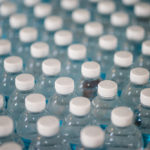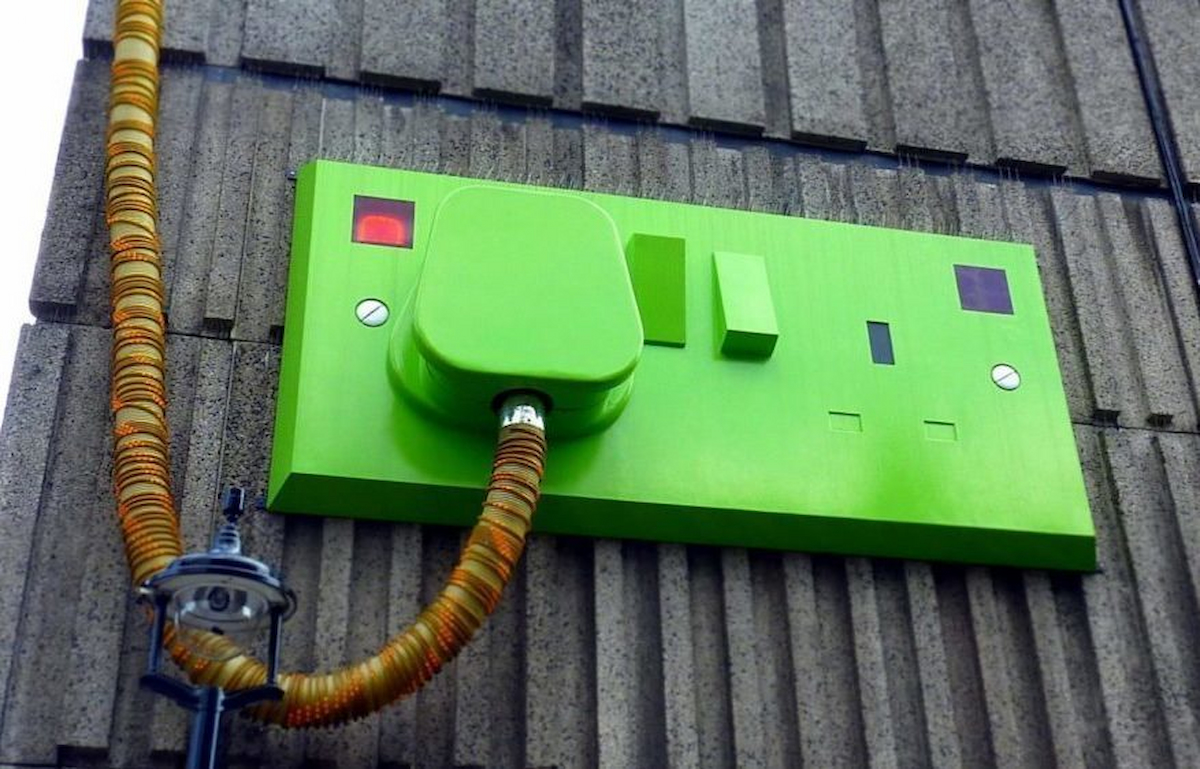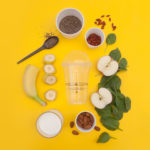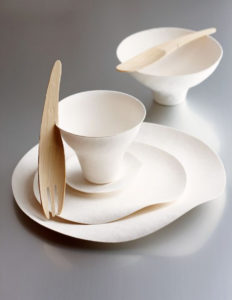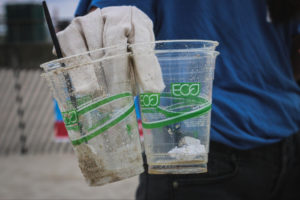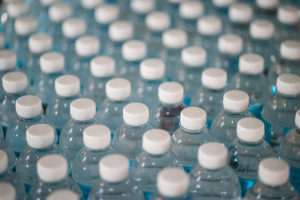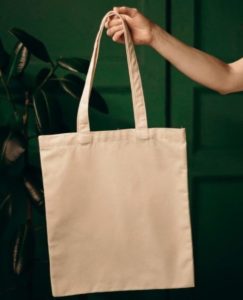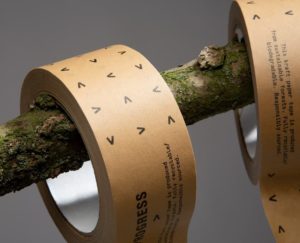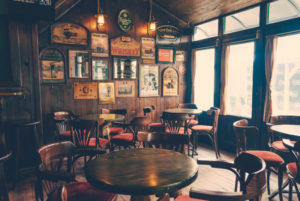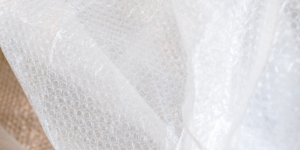While the production of 100 biodegradable PLA glasses emits only 450g of CO2, the production of 100 plastic polycarbonate glasses emits around 43.5kg of CO2! By using biodegradable wine glasses and champagne flutes instead of disposable plastic versions, you’ll be one step closer to catering in an eco-friendly way and achieving net zero.
What are biodegradable wine glasses and champagnes flutes made from?
Biodegradable wine glasses and champagne flutes are made from PLA, or polylactic acid. PLA is a bioplastic which is usually produced from corn kernels but can also be made from sugarcane or cassava, which is a type of root vegetable grown mainly in South America. This means that it is carbon-neutral, as the plants that it is made from absorb the same amount of carbon as the production of PLA emits. It also degrades at a much faster rate than plastic—we’ll take a look at this in the next section.


What are the environmental benefits of using biodegradable glasses instead of standard disposable versions?
Standard disposable wine glasses are typically made from conventional plastics, like durable polycarbonate plastic or crystal polystyrene. Plastics like these can take up to 400 years to degrade. Every year, over 100 million plastic cups are used at UK festivals and live events, most of which end up in landfills. There, they will go on to emit dangerous greenhouse gasses for up to 400 years. A large proportion also ends up in the natural environment, where they break down into microplastics and harm whole ecosystems.
PLA, meanwhile, degrades in under 90 days in industrial conditions. Its production also uses 65% less energy and generates 68% fewer greenhouse gasses than the production of conventional plastics. In 2017, an American study found that switching to PLA from traditional plastics would reduce greenhouse gas emissions in the US by 25%.
| Material | CO2 emissions from production per kg | Equivalent in miles driven |
|---|---|---|
| Polycarbonates | 5kg | 15 miles |
| Polystyrene | 2.2kg | 6.6 miles |
| PLA | 500g | 1.5 miles |
Are there any disadvantages to using biodegradable glasses?
In terms of its impact on the environment, PLA is not perfect. Though it is biodegradable, it won’t degrade quickly in your compost bin at home and composts most effectively in industrial conditions. If it ends up in the landfill, it could take anywhere from 100 to 1000 years to decompose, and in the process, it will emit methane, which is an even more damaging greenhouse gas than carbon dioxide. However, when it’s disposed of correctly, the damage that PLA causes to the environment is hugely limited when compared with conventional plastics. The good news is that more and more regions of the UK are starting to be covered by compost collection routes, so it’s easier than ever to ensure that your PLA wine glasses and champagne flutes don’t end up in landfills.


Where can I buy biodegradable wine glasses and champagne flutes?
Biodegradable wine glasses
Biodegradable champagne flutes
Opting for biodegradable wine glasses and champagne flutes at your next event is an easy and effective way to reduce your carbon footprint—just take care that they don’t go to the landfill when you’re finished with them.
Visit the links listed above to browse your options.


